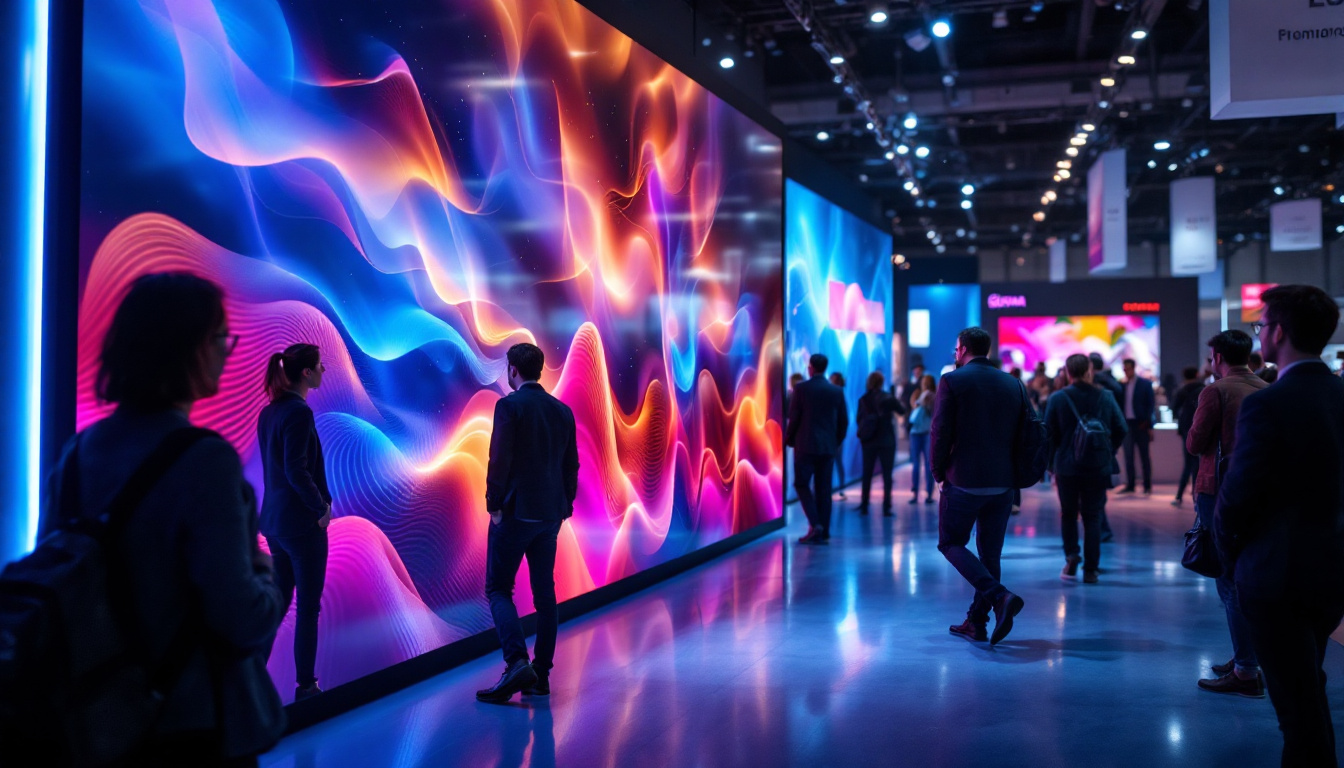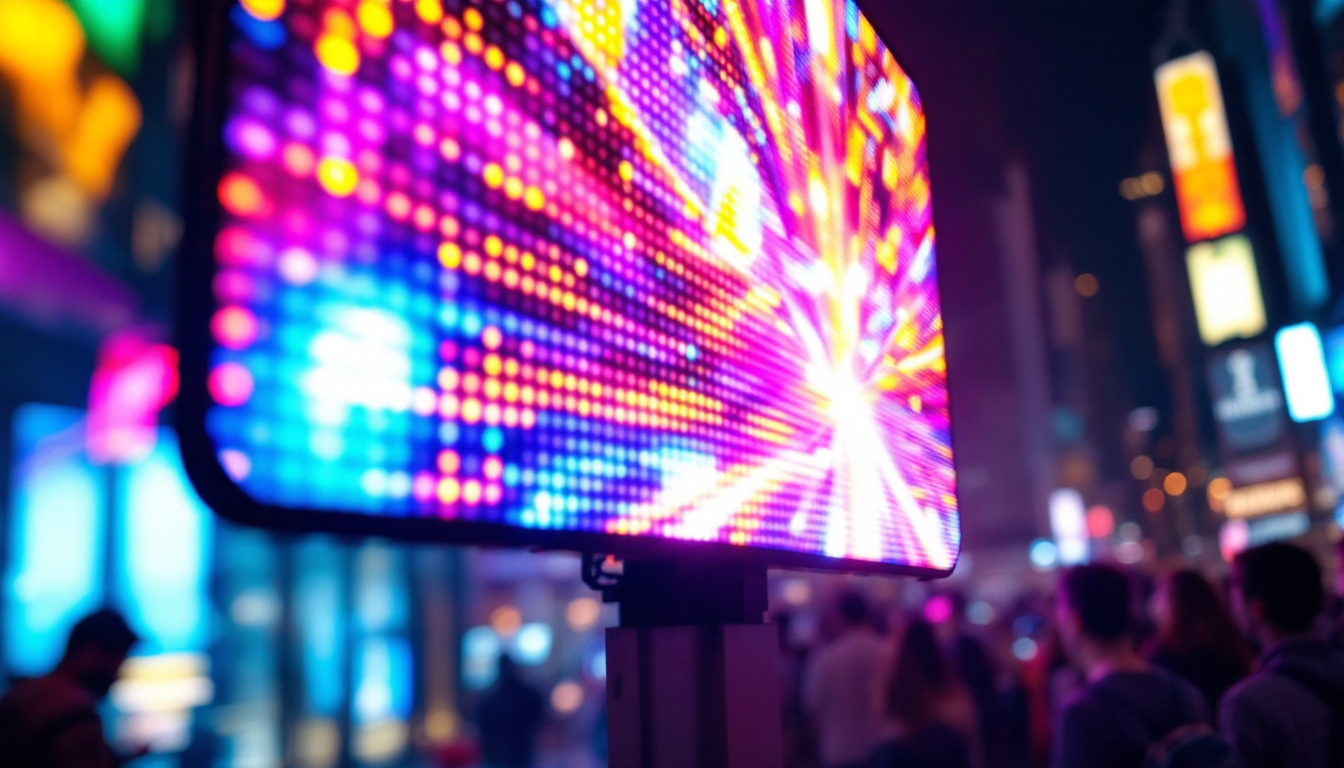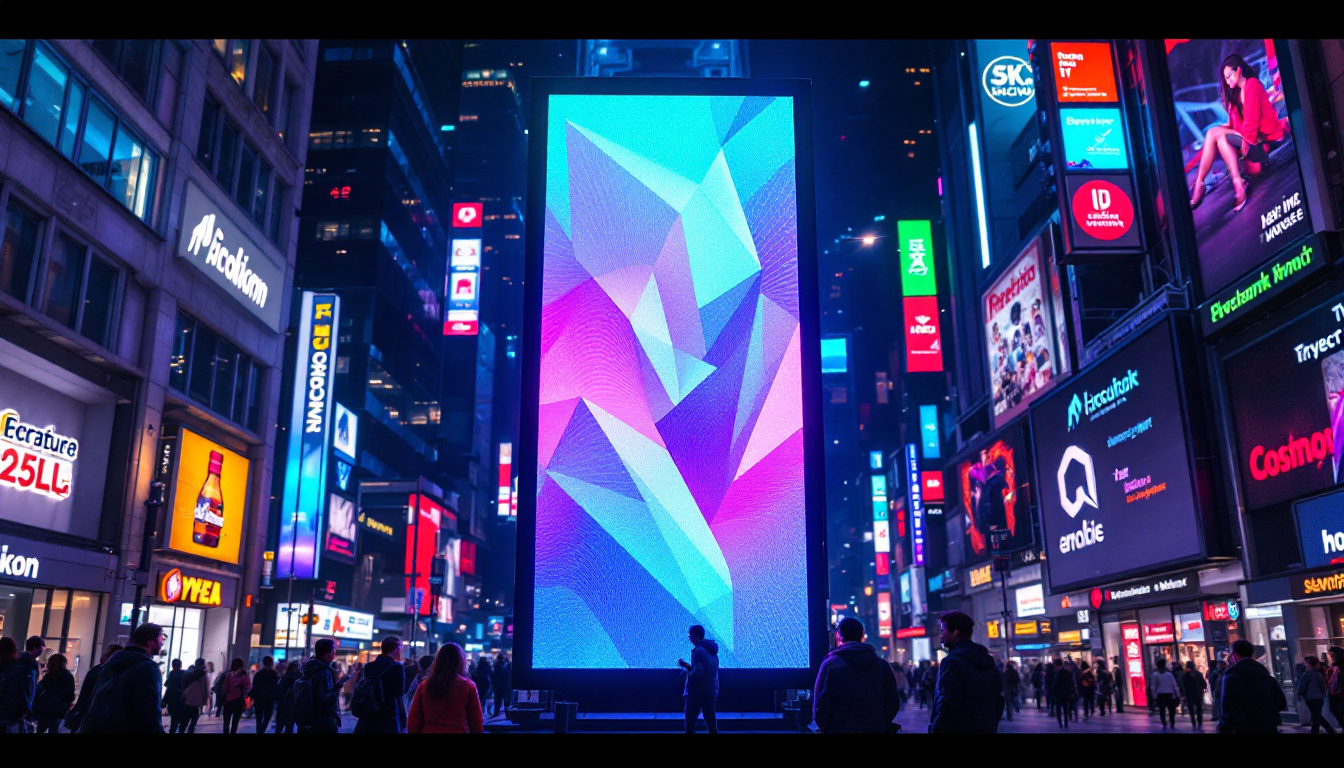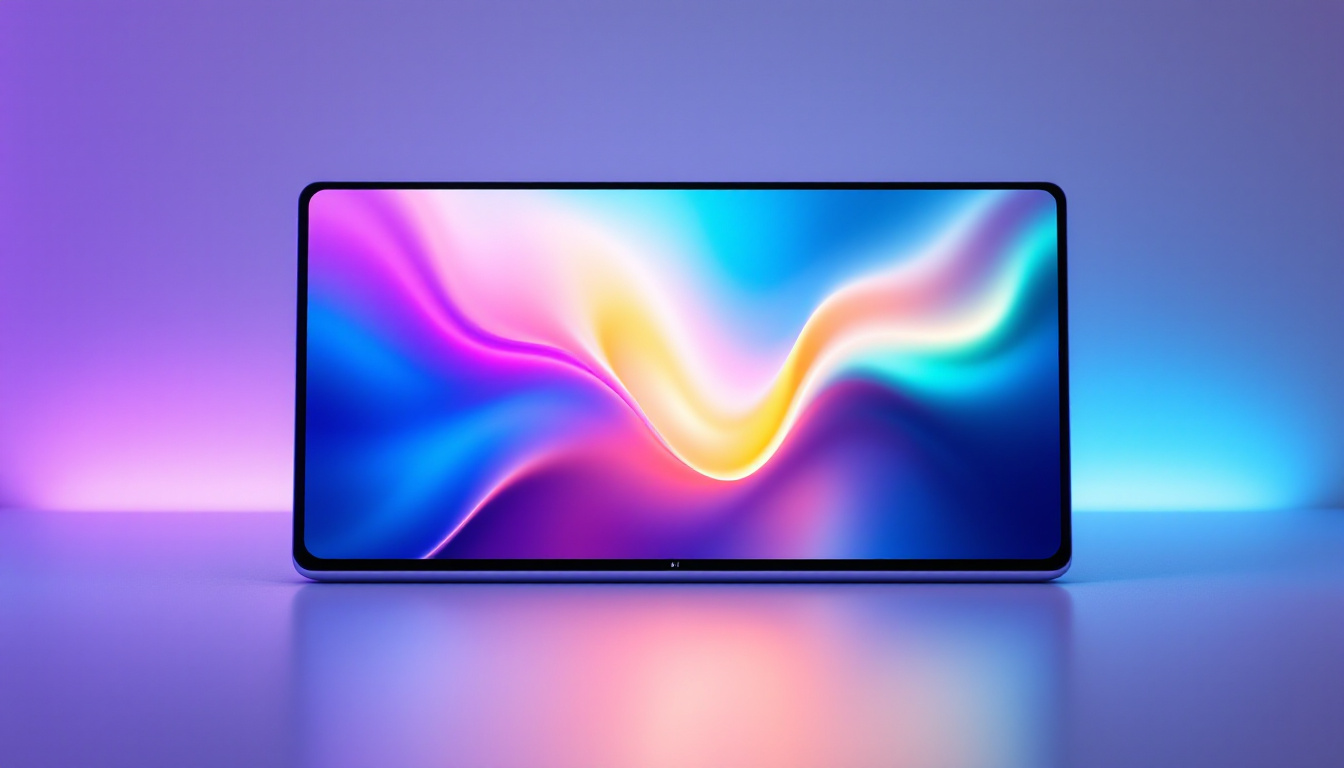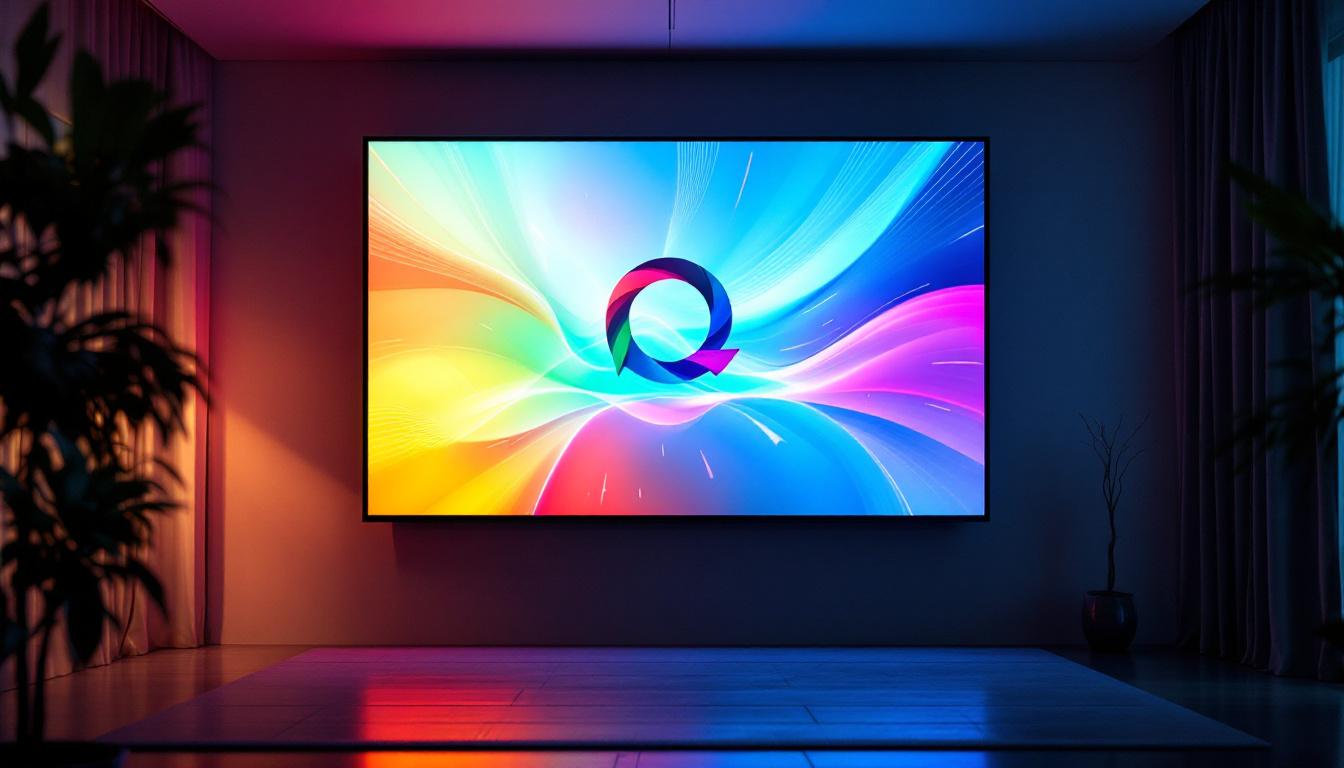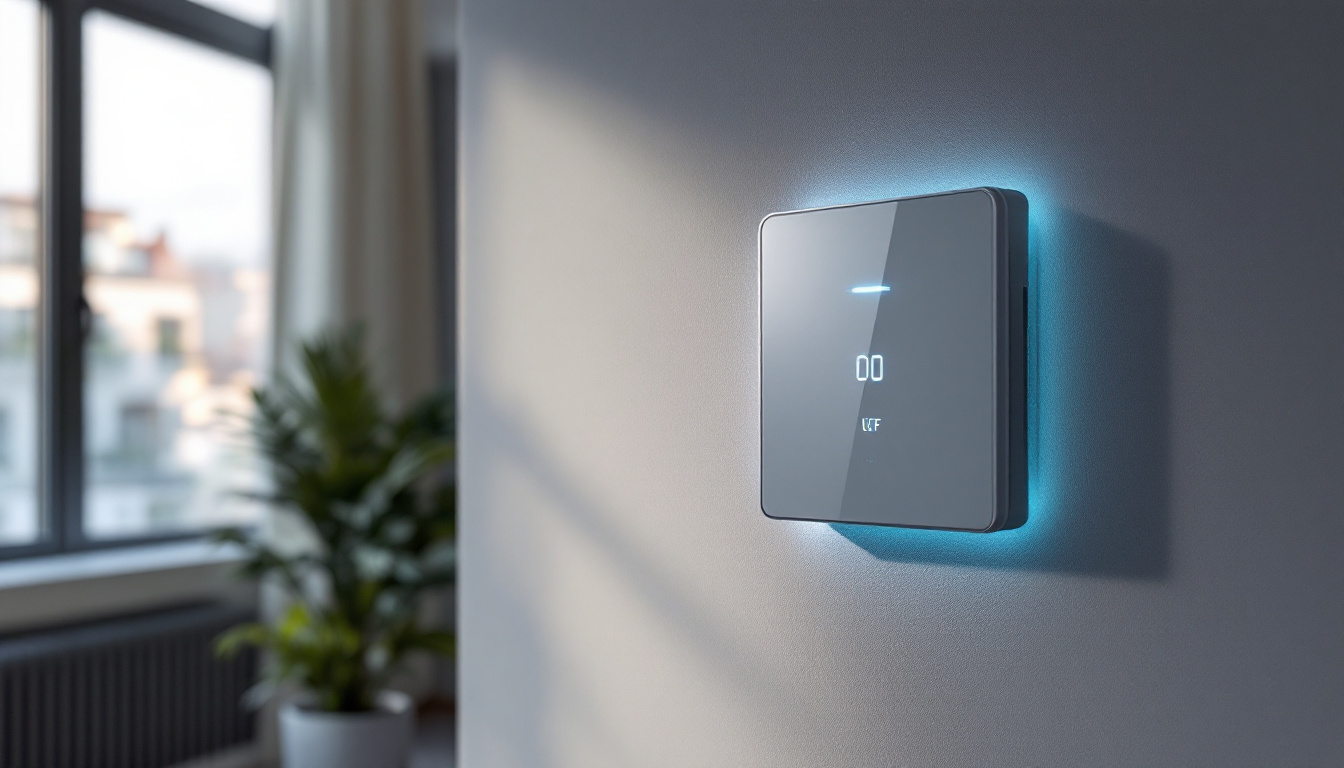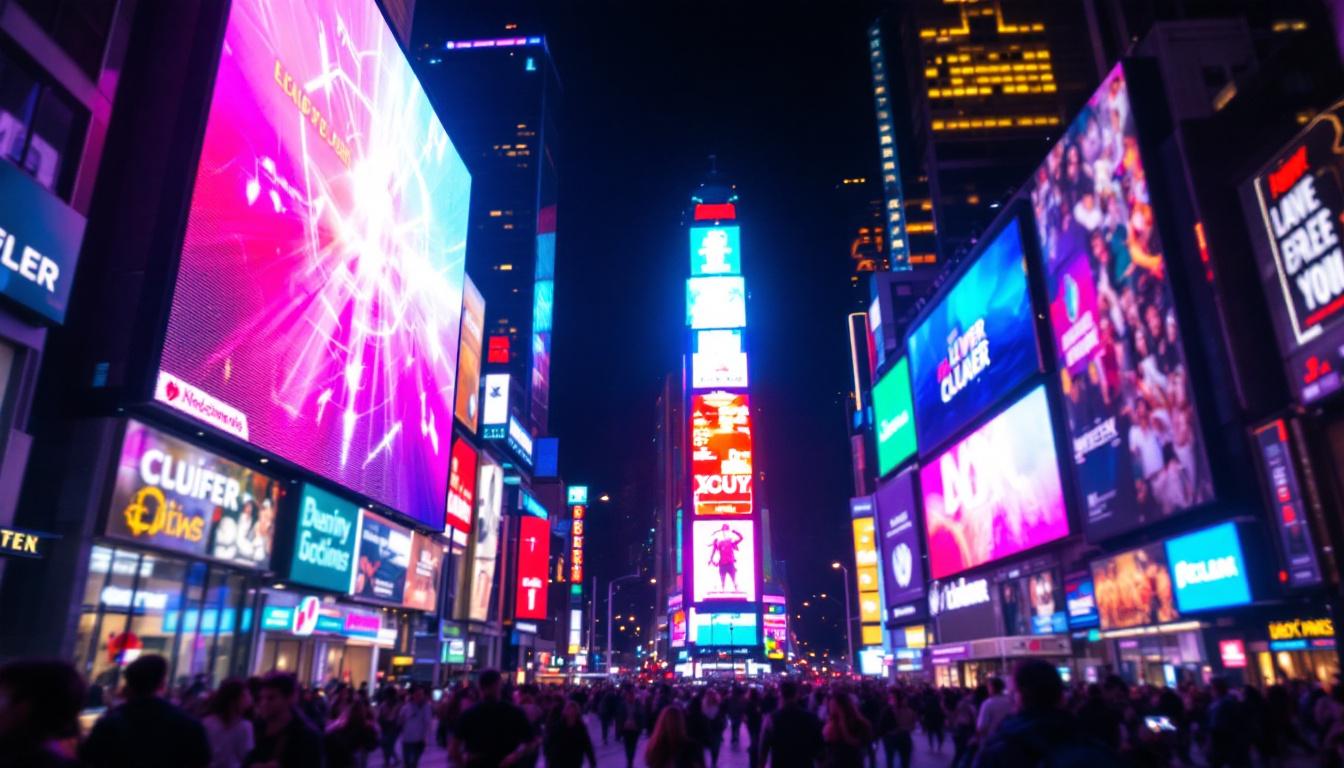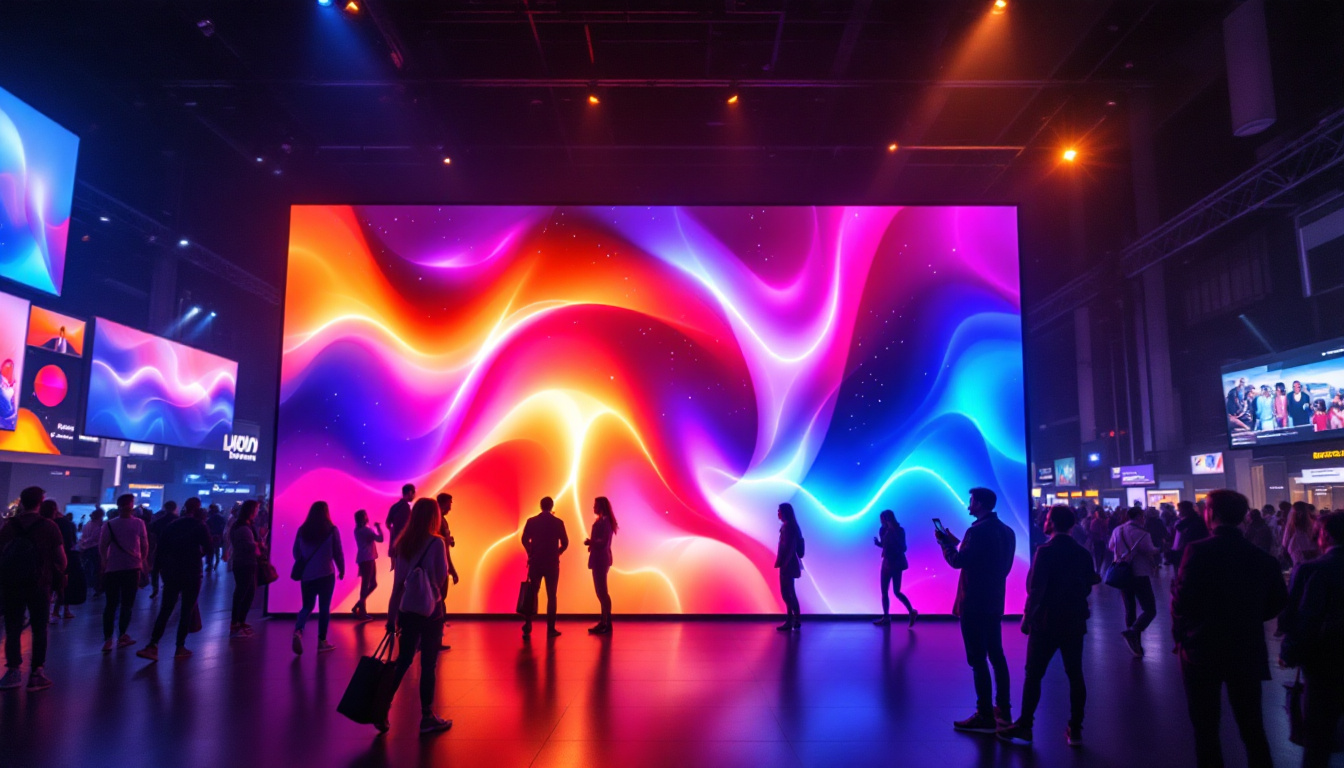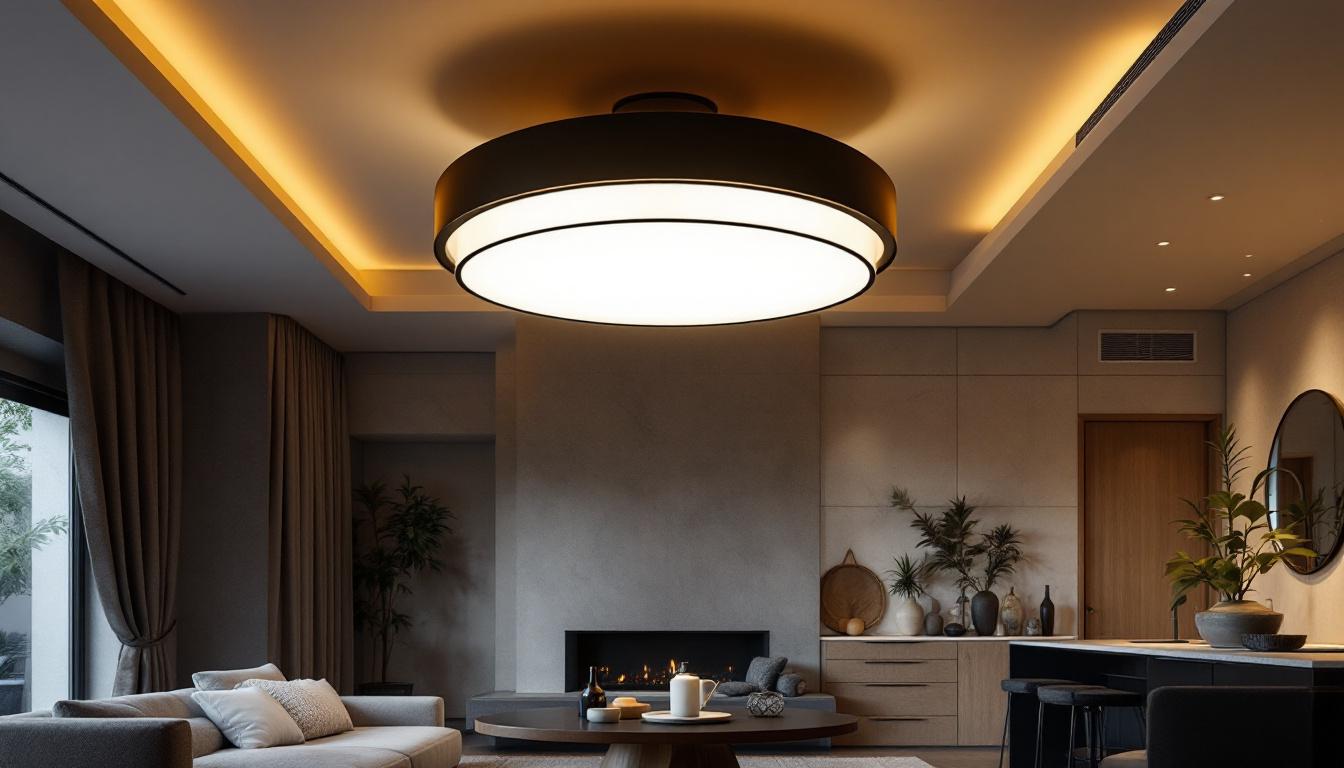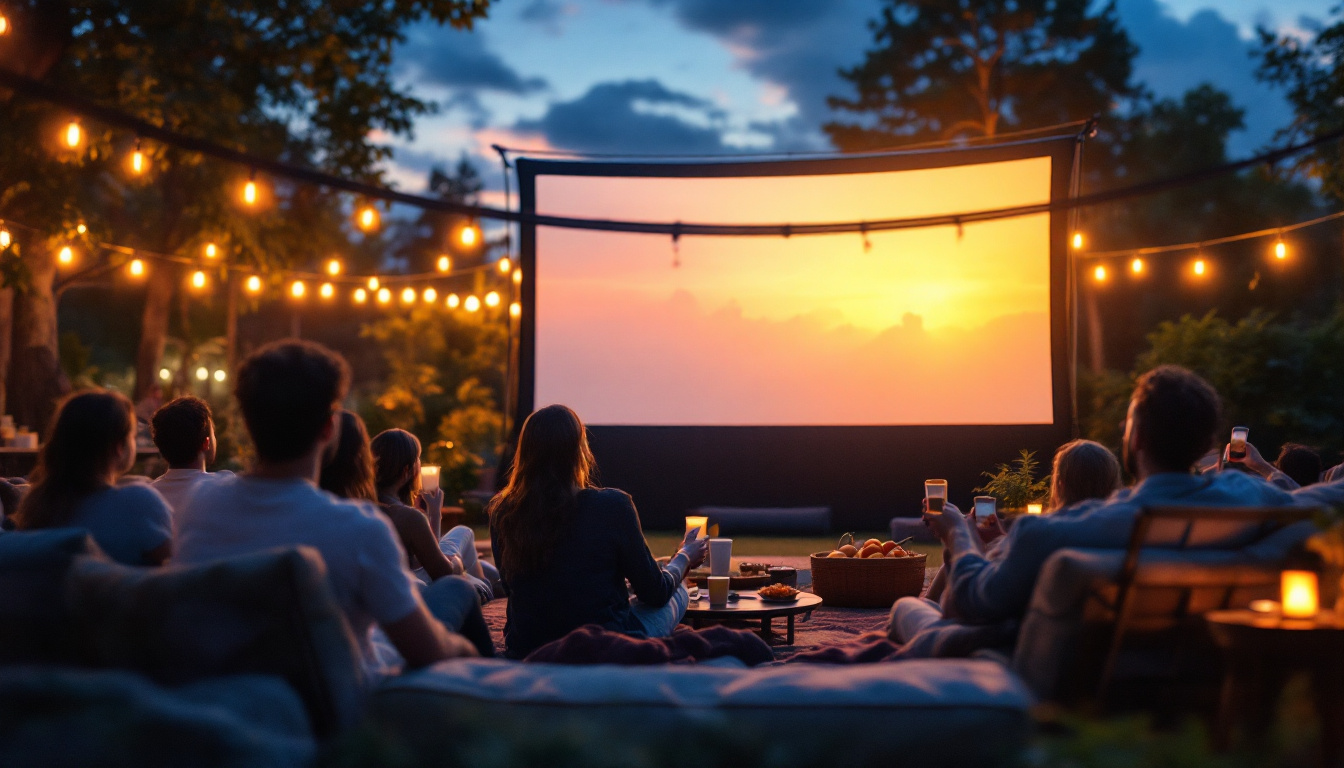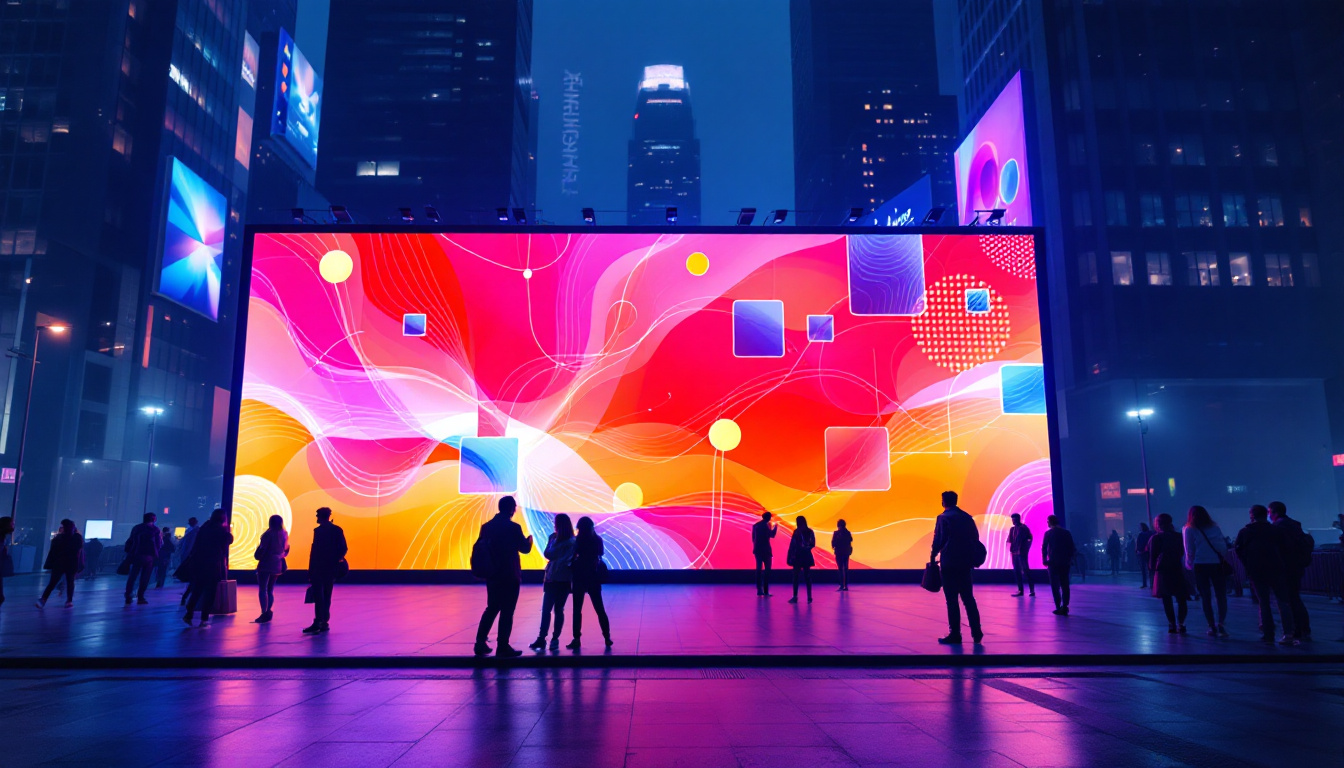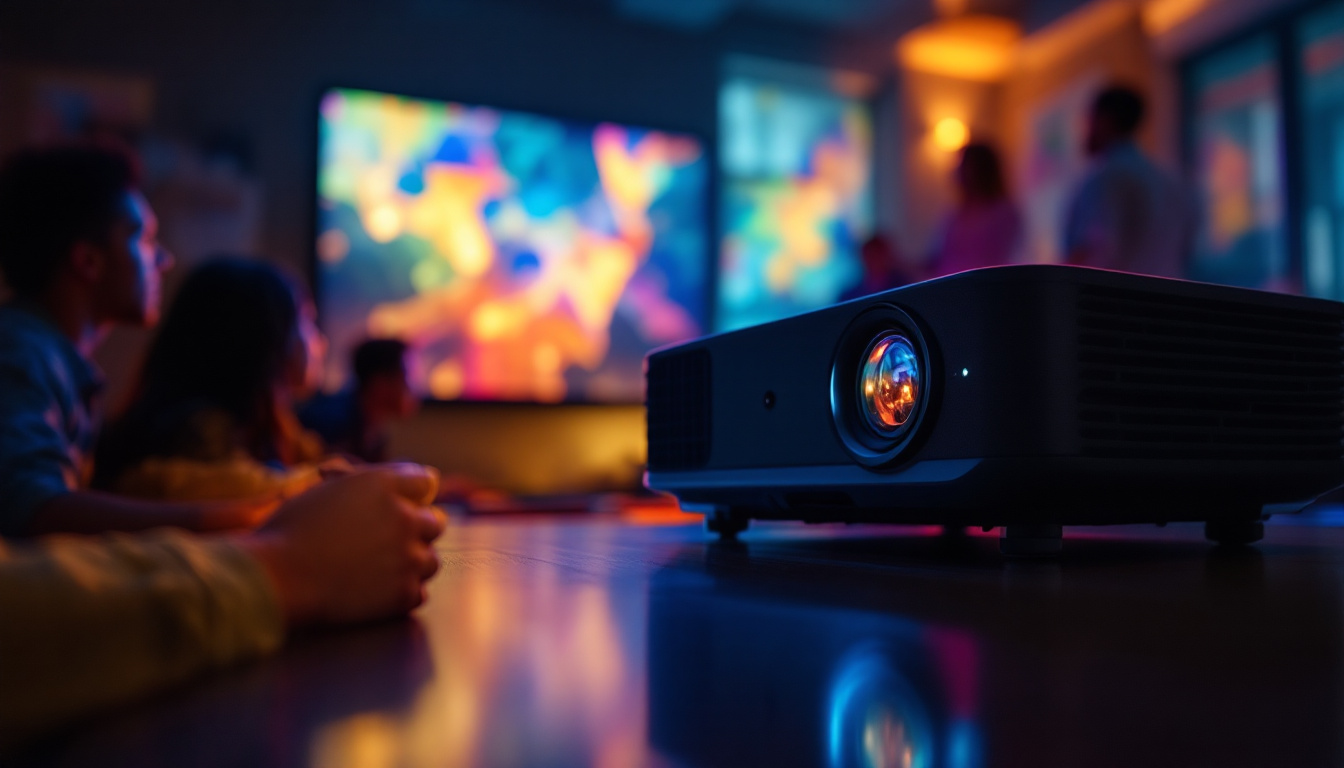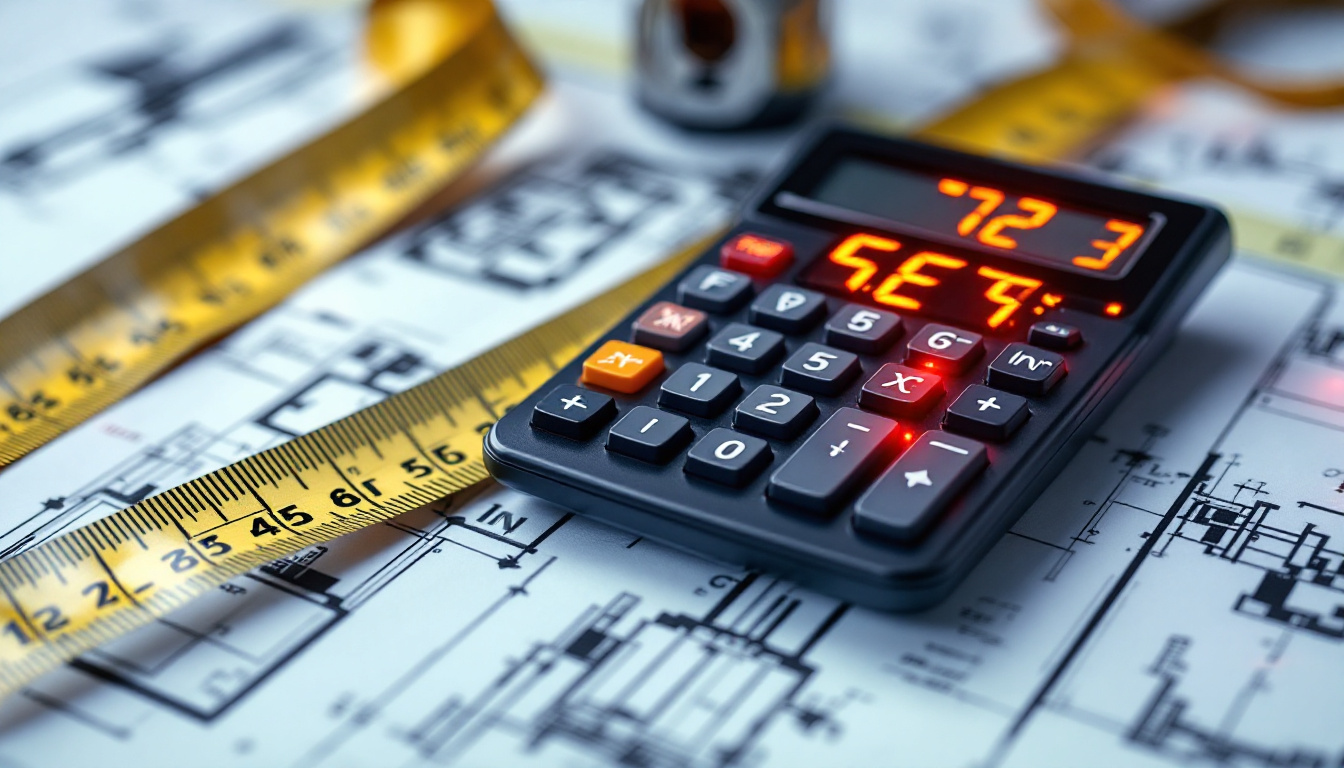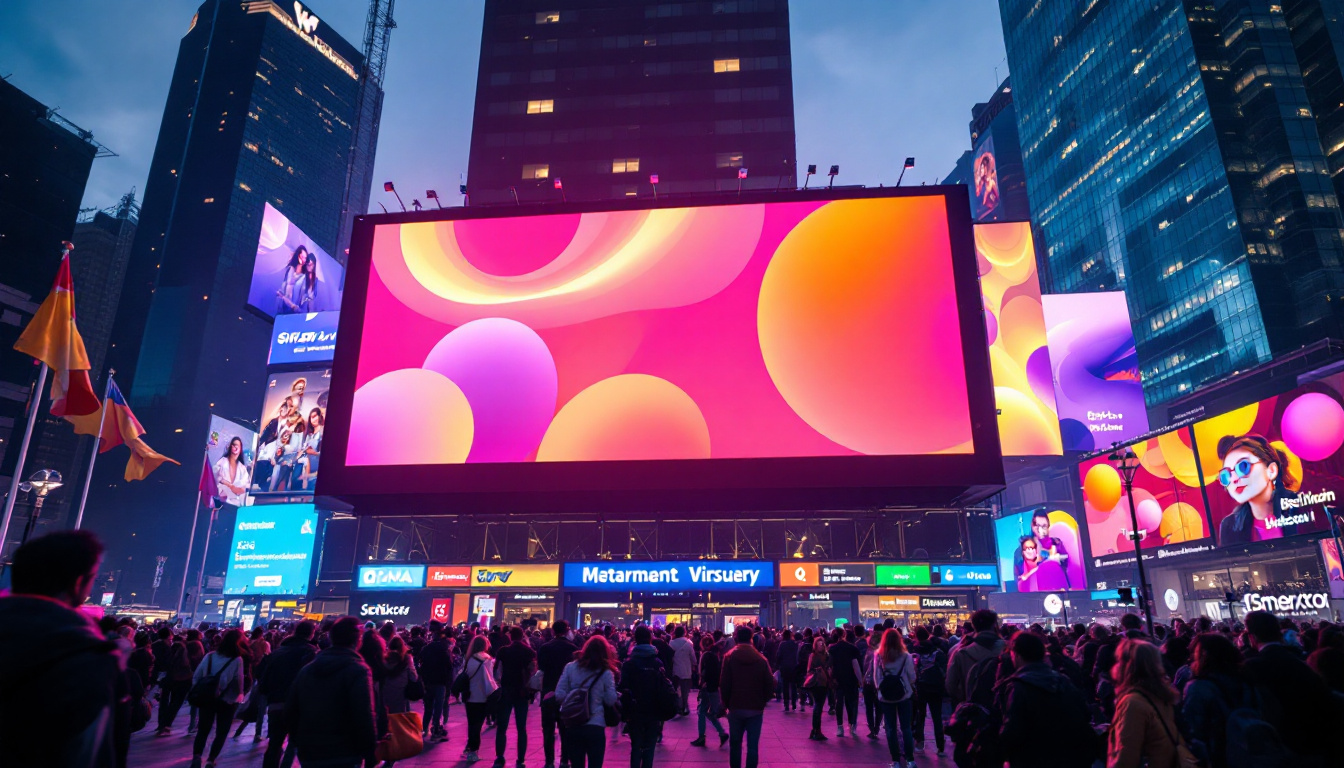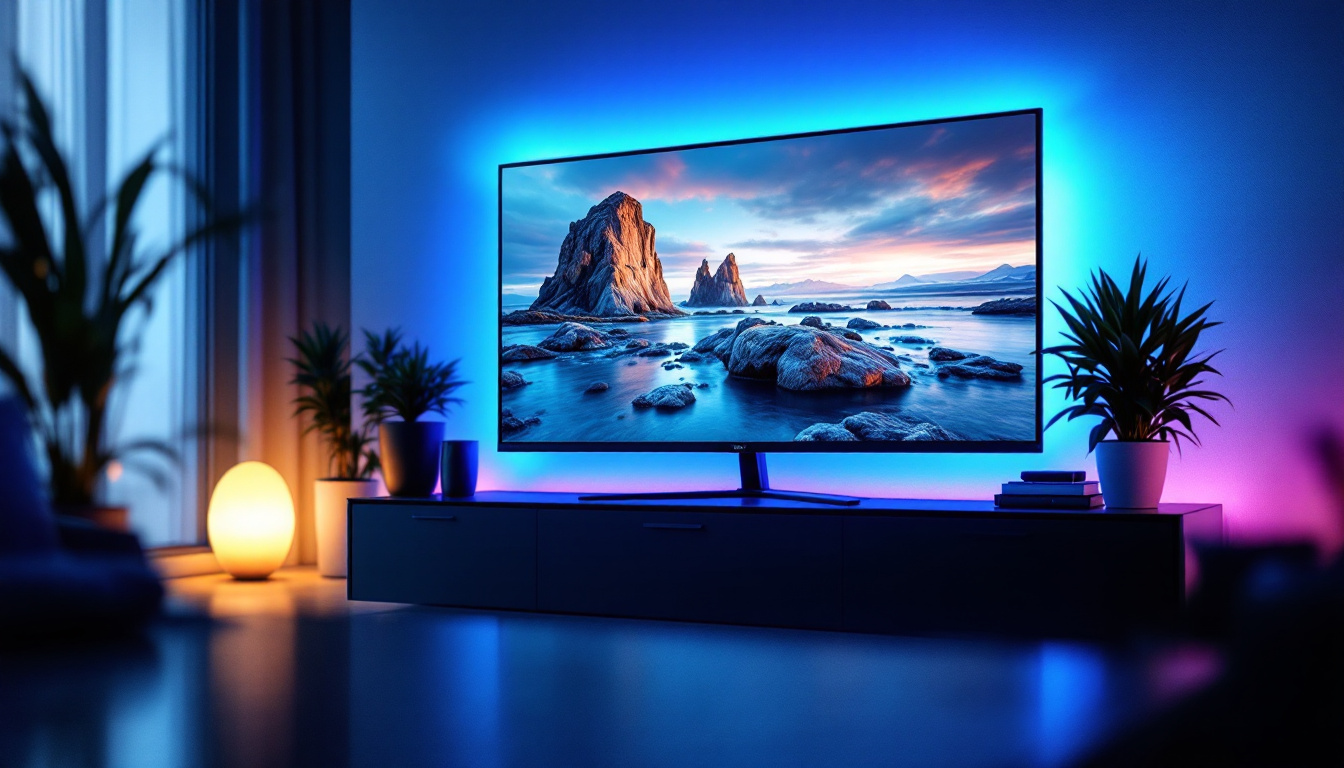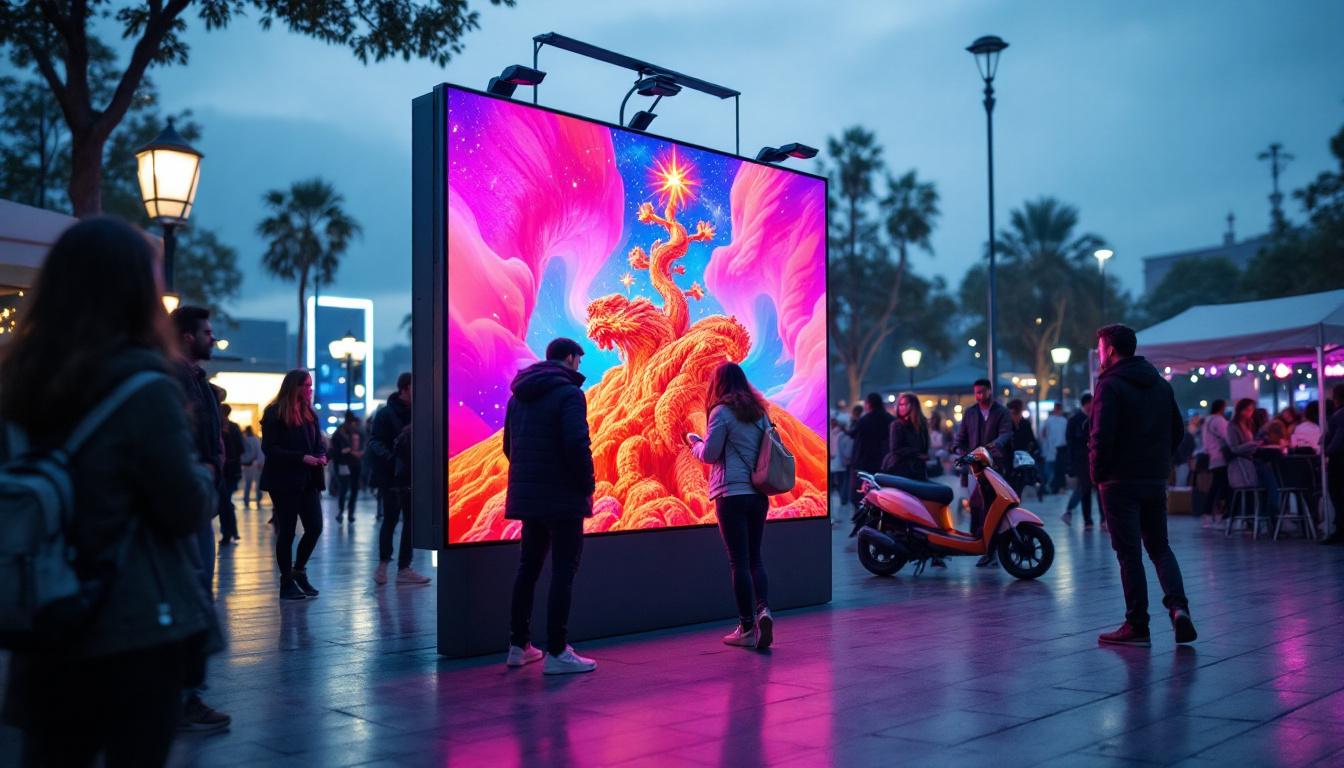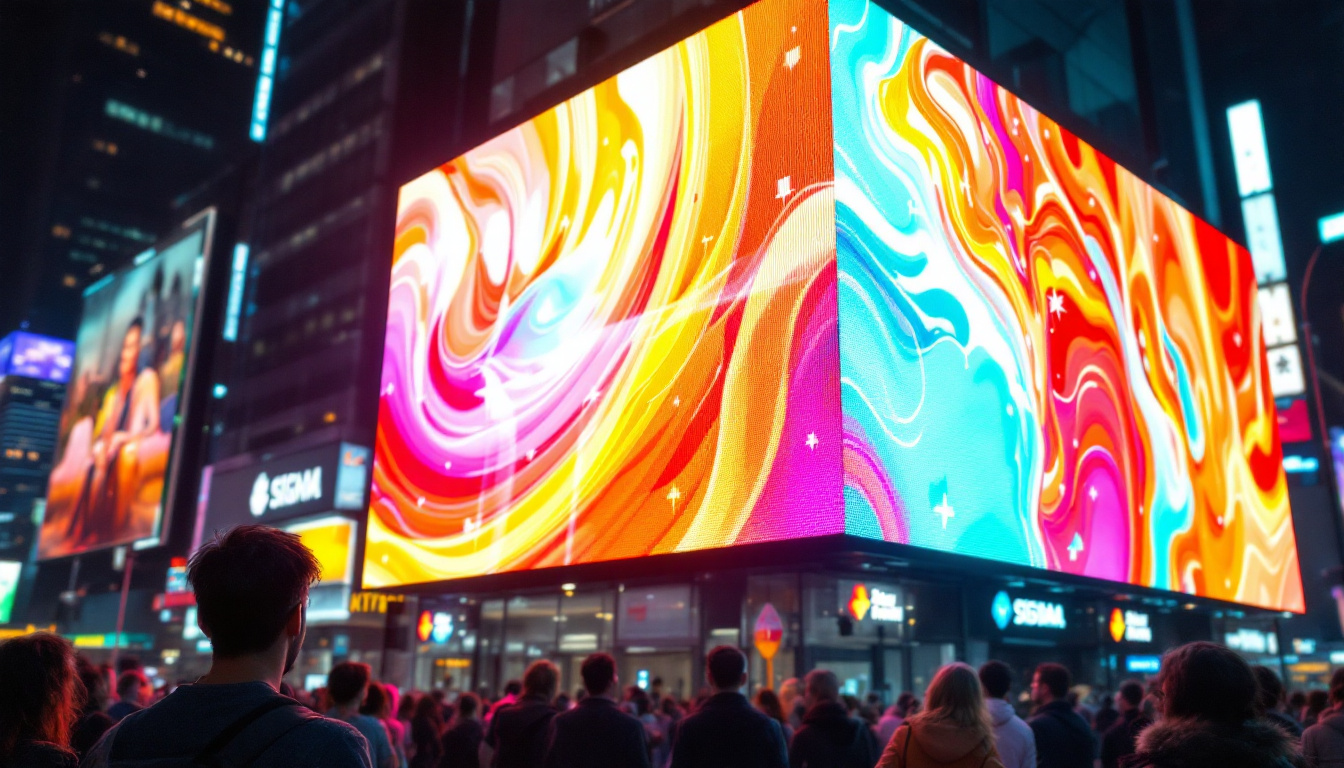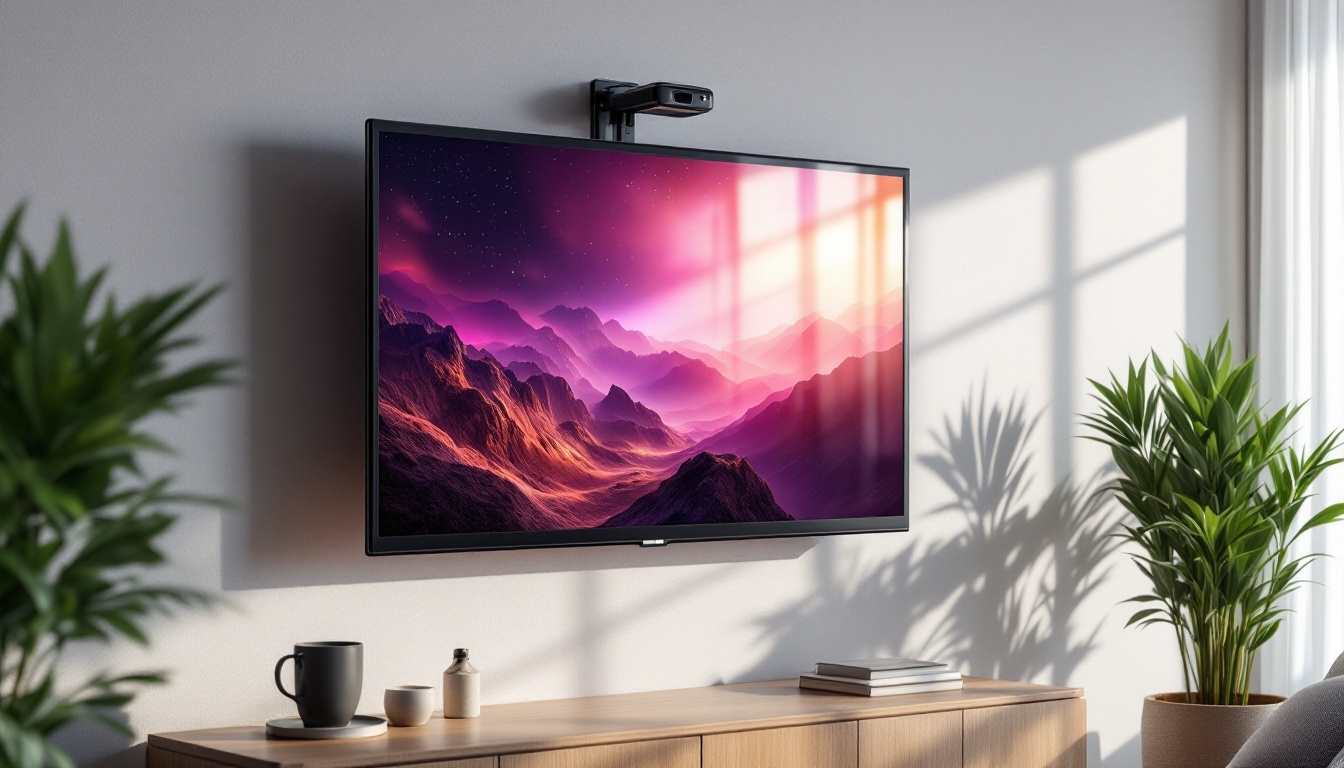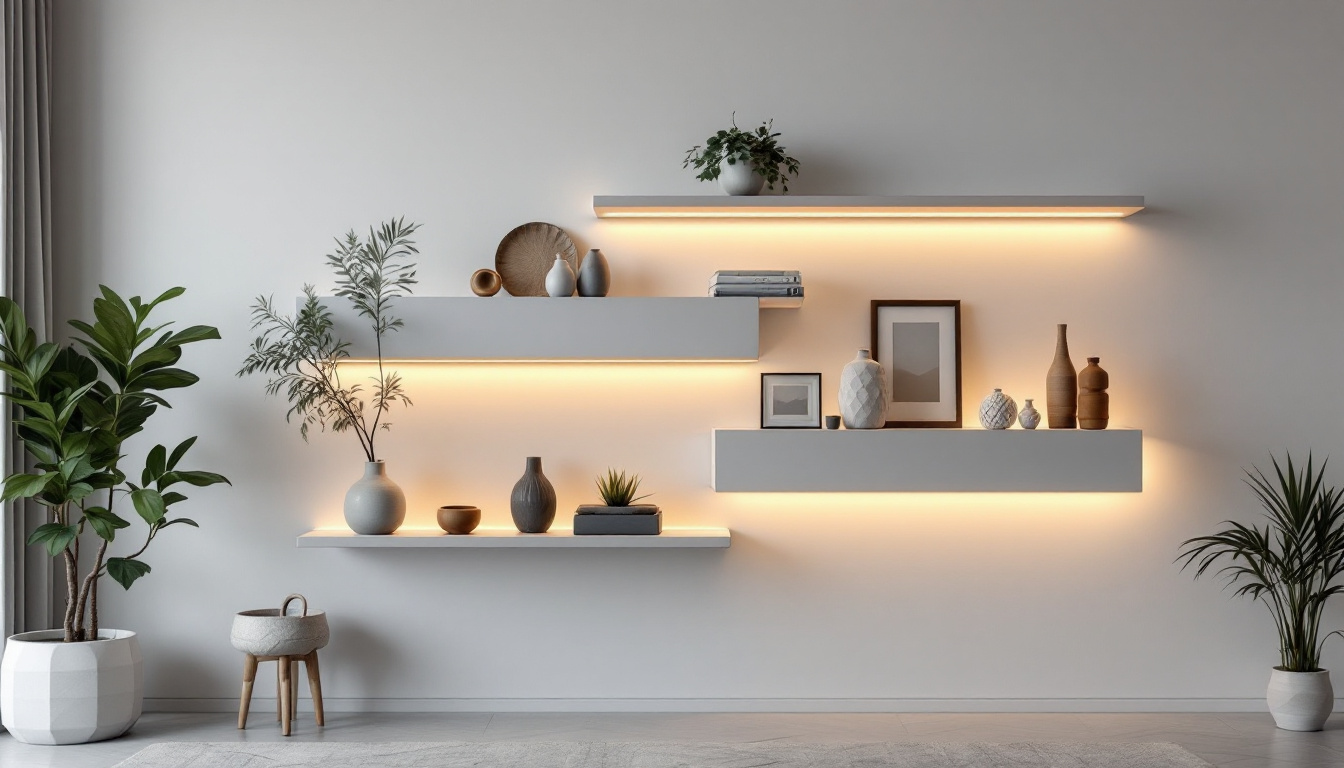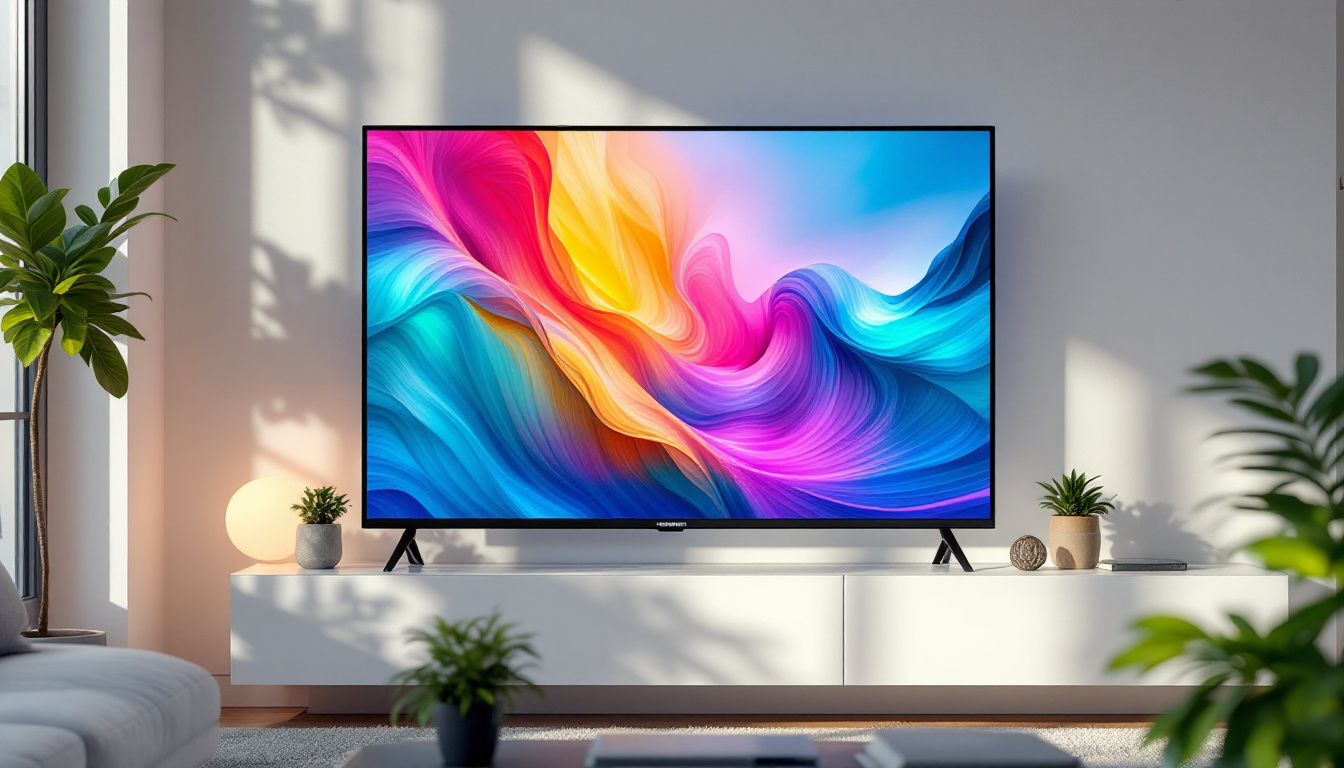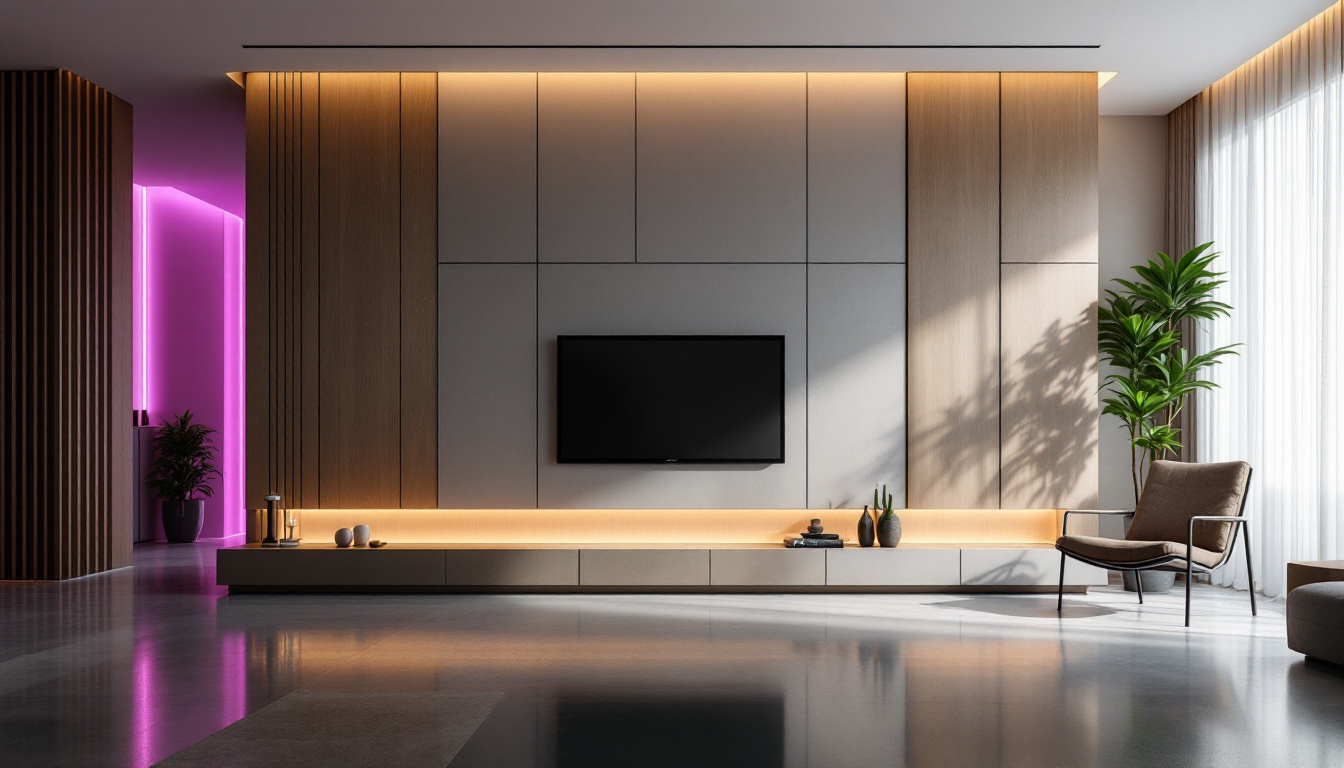In the fast-paced environment of trade shows, effective communication and eye-catching presentations are crucial for capturing the attention of potential clients and partners. One of the most effective tools for achieving this is the LED display stand. This article delves into the various aspects of LED display stands, their benefits, and how they can elevate the experience at trade shows.
Understanding LED Displays
LED (Light Emitting Diode) displays have revolutionized the way information is presented at trade shows and events. Unlike traditional LCD screens, LED displays are known for their vibrant colors, high brightness, and energy efficiency. They can be used in various formats, from large video walls to smaller, portable displays. The ability to customize the size and shape of LED displays also allows for creative installations that can capture the attention of attendees in a crowded exhibition space.
Types of LED Displays
There are several types of LED displays available, each designed to serve specific purposes. The most common types include:
- Indoor LED Displays: These are designed for use in controlled environments, such as convention centers and exhibition halls. They typically have a higher pixel density, allowing for clearer images and text. Indoor displays often feature advanced technologies like high refresh rates, which make them ideal for displaying fast-moving content without blurring.
- Outdoor LED Displays: Built to withstand the elements, outdoor displays are brighter and more durable. They are ideal for attracting attention in outdoor settings. These displays are often equipped with protective coatings to shield against rain, dust, and UV rays, ensuring longevity and consistent performance even in harsh weather conditions.
- Flexible LED Displays: These versatile displays can be bent and shaped to fit unique spaces, making them perfect for creative installations. Their adaptability allows for innovative designs, such as curved screens or even 3D shapes, which can enhance the visual experience and draw in more viewers.
Understanding the different types of LED displays can help exhibitors choose the right one for their specific needs, ensuring maximum impact at trade shows. Additionally, the choice of display can influence the overall atmosphere of the event, as the right lighting and visuals can create an engaging environment that resonates with attendees.
How LED Displays Work
LED displays operate on a simple principle: they use diodes that emit light when an electric current passes through them. The combination of red, green, and blue diodes creates a full spectrum of colors, allowing for vibrant images and videos. The resolution of an LED display is determined by the pixel pitch, which is the distance between the centers of two adjacent pixels. A smaller pixel pitch results in higher resolution and clarity. This is particularly important in settings where viewers are close to the display, as it ensures that the content remains sharp and legible.
These displays can be connected to various media players or computers, allowing for dynamic content that can be updated in real-time. This capability is particularly beneficial during trade shows, where timely information can make a significant difference in engagement. Furthermore, many LED displays now support interactive features, enabling touch capabilities or integration with mobile devices, which can enhance visitor interaction and create memorable experiences. The versatility of LED technology continues to evolve, paving the way for even more innovative applications in the future.
Benefits of Using LED Display Stands at Trade Shows
Incorporating LED display stands into trade show presentations offers numerous advantages. From enhancing visibility to providing interactive experiences, these displays can significantly influence the effectiveness of an exhibit.
Enhanced Visibility
One of the primary benefits of LED displays is their high brightness and contrast, which makes them easily visible from a distance. This is particularly important in crowded trade show environments where numerous exhibitors vie for attention. A well-placed LED display can draw in attendees and guide them to a booth.
Additionally, the vibrant colors and sharp images produced by LED technology can create a lasting impression on visitors, making it more likely that they will remember the brand long after the event.
Dynamic Content Presentation
LED displays allow for the presentation of dynamic content, which can be updated in real-time. This flexibility enables exhibitors to showcase a variety of materials, including videos, animations, and live feeds. For instance, a company can display product demonstrations, customer testimonials, or even social media interactions to engage visitors effectively.
The ability to change content on-the-fly also allows exhibitors to tailor their presentations based on audience reactions and interests, further enhancing engagement.
Interactive Experiences
Modern LED displays can be integrated with touch technology, enabling interactive experiences for attendees. This interactivity can take many forms, such as quizzes, games, or product configurators, encouraging visitors to engage with the brand on a deeper level.
By creating an interactive environment, exhibitors can foster a sense of connection with their audience, increasing the likelihood of follow-up conversations and conversions.
Choosing the Right LED Display Stand
Selecting the appropriate LED display stand for a trade show can be a daunting task, given the variety of options available. Several factors should be considered to ensure the chosen display meets the exhibitor’s needs.
Size and Resolution
The size of the LED display should be proportional to the booth space and the intended viewing distance. Larger displays are more effective for drawing attention from afar, while smaller displays may suffice for close-up interactions. Additionally, resolution plays a crucial role in the clarity of the content. A higher resolution is essential for displays that will be viewed up close, while lower resolutions may be acceptable for larger displays viewed from a distance.
Portability and Setup
Portability is another critical factor, especially for exhibitors who frequently participate in trade shows. Many LED display stands are designed for easy transport and quick setup. Look for displays with lightweight materials and simple assembly processes to streamline the experience.
Moreover, considering the power requirements and connectivity options is essential to ensure a smooth setup process at the venue.
Budget Considerations
Budget constraints will inevitably affect the choice of LED display stands. While investing in high-quality displays can yield significant returns in terms of engagement and visibility, it is essential to find a balance between quality and cost. Exploring rental options may also be a viable alternative for those who participate in trade shows infrequently.
Best Practices for Using LED Displays at Trade Shows
To maximize the impact of LED display stands at trade shows, exhibitors should adhere to several best practices. These practices can enhance the overall effectiveness of the display and improve audience engagement.
Content is Key
The content displayed on the LED screen is paramount. It should be visually appealing, concise, and relevant to the audience. Using high-quality images and videos can significantly enhance the overall presentation. Additionally, text should be kept to a minimum, focusing instead on visuals that convey the message quickly and effectively.
Incorporating animations or transitions can also help maintain viewer interest, but it is essential to strike a balance to avoid overwhelming the audience.
Strategic Placement
Placement of the LED display stand is critical to its effectiveness. The display should be positioned in a way that maximizes visibility and encourages foot traffic. Ideally, it should be placed at the front of the booth or in a location where it can be easily seen from multiple angles.
Furthermore, ensuring that the display is at eye level can enhance engagement, as attendees are more likely to stop and take notice when they can view the content comfortably.
Engagement Techniques
To further enhance audience engagement, exhibitors can employ various techniques. For instance, incorporating QR codes that link to additional information or promotional offers can encourage attendees to interact with the display. Additionally, offering incentives for participation, such as giveaways or contests, can draw in more visitors and create a buzz around the booth.
Case Studies: Successful Use of LED Displays
Several companies have successfully utilized LED display stands at trade shows, showcasing the potential of this technology to enhance engagement and drive business outcomes. Here are a few notable examples:
Case Study 1: Tech Innovations
At a recent technology trade show, Tech Innovations utilized a large LED video wall to showcase their latest products. The display featured dynamic content, including product demonstrations and customer testimonials. The vibrant visuals attracted significant attention, resulting in a substantial increase in booth traffic and lead generation.
Case Study 2: Eco-Friendly Solutions
Eco-Friendly Solutions opted for a flexible LED display that could be shaped to fit their booth design. By incorporating interactive elements, such as a touch screen that allowed visitors to explore their product range, they created an engaging experience that resonated with attendees. This approach not only increased foot traffic but also fostered meaningful conversations about their sustainability initiatives.
Case Study 3: Health and Wellness Expo
At a health and wellness expo, a leading fitness brand used a series of smaller LED displays to highlight various workout routines and nutritional tips. The displays were strategically placed throughout their booth, allowing for a cohesive and immersive experience. Attendees were encouraged to participate in live demonstrations, leading to increased brand awareness and product sales.
Conclusion
LED display stands have become an indispensable tool for exhibitors at trade shows, offering a dynamic and engaging way to present information. With their vibrant visuals, real-time content updates, and interactive capabilities, LED displays can significantly enhance the overall experience for attendees and exhibitors alike.
By understanding the various types of LED displays, their benefits, and best practices for use, exhibitors can make informed decisions that will maximize their impact at trade shows. As technology continues to evolve, embracing innovative solutions like LED displays will be crucial for standing out in an increasingly competitive landscape.
In summary, investing in the right LED display stand can transform a trade show booth into a captivating experience that draws in visitors, fosters engagement, and ultimately drives success.
Discover LumenMatrix LED Display Solutions
Ready to elevate your trade show presence and captivate your audience with unparalleled visual experiences? Explore LumenMatrix’s comprehensive range of LED display solutions, from vibrant Indoor and Outdoor LED Wall Displays to innovative options like Vehicle LED Displays, LED Posters, and even Custom LED Displays tailored to your unique needs. Embrace the future of visual communication with LumenMatrix and transform your brand’s message into an unforgettable visual journey. Check out LumenMatrix LED Display Solutions today and make a lasting impression at your next trade show.

